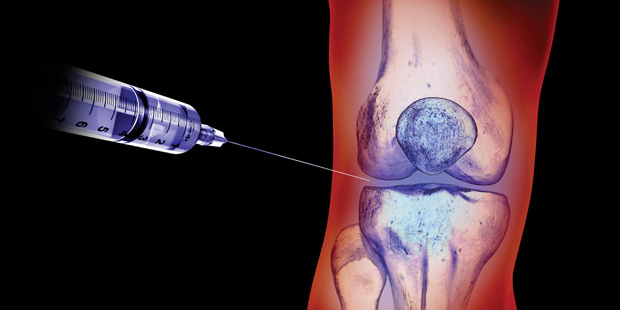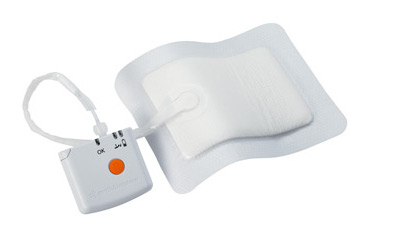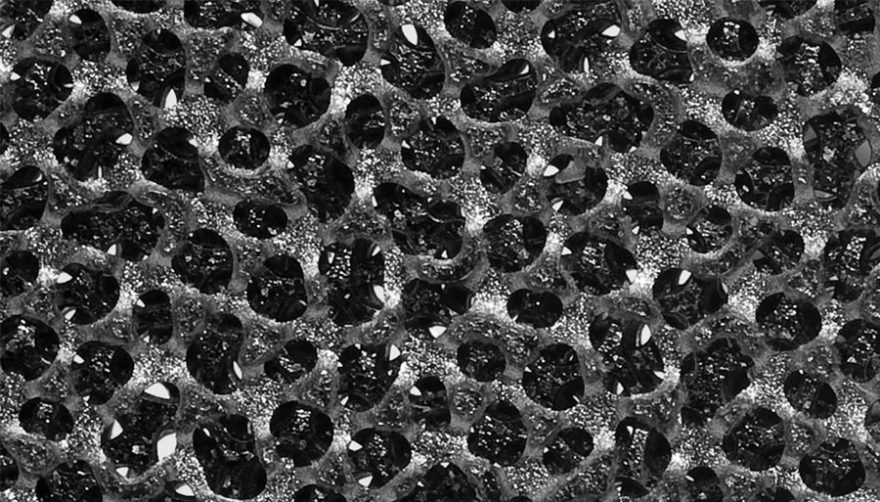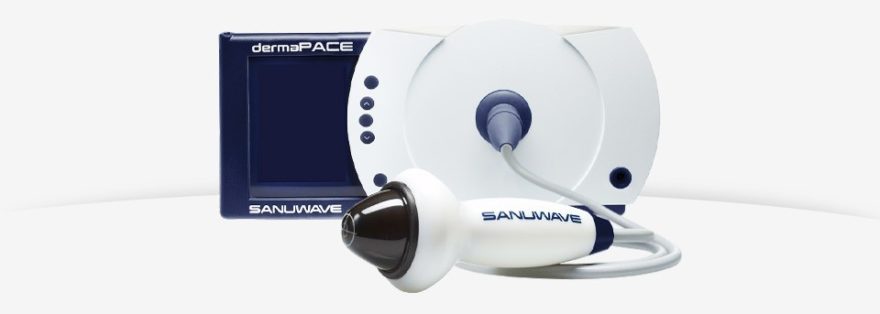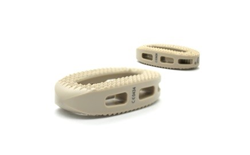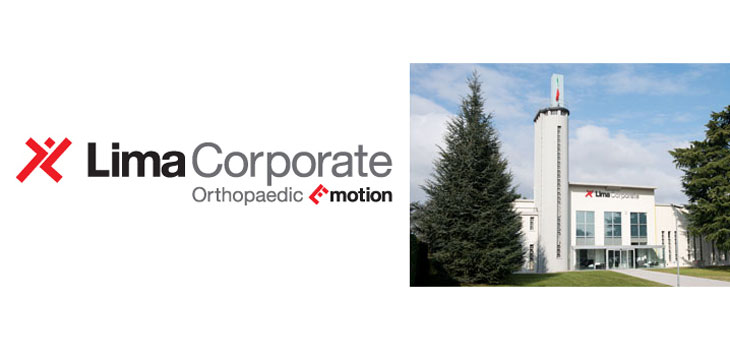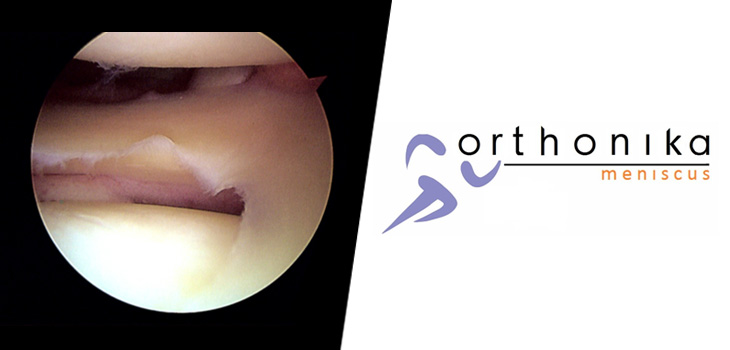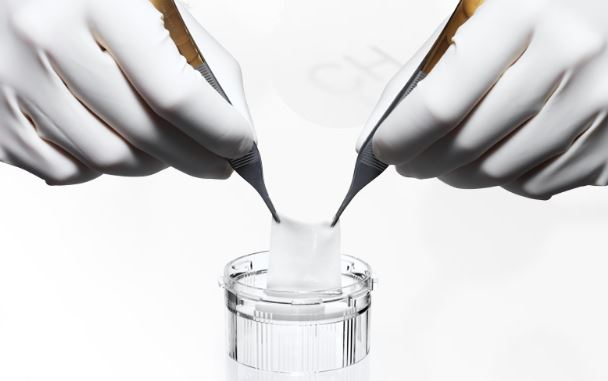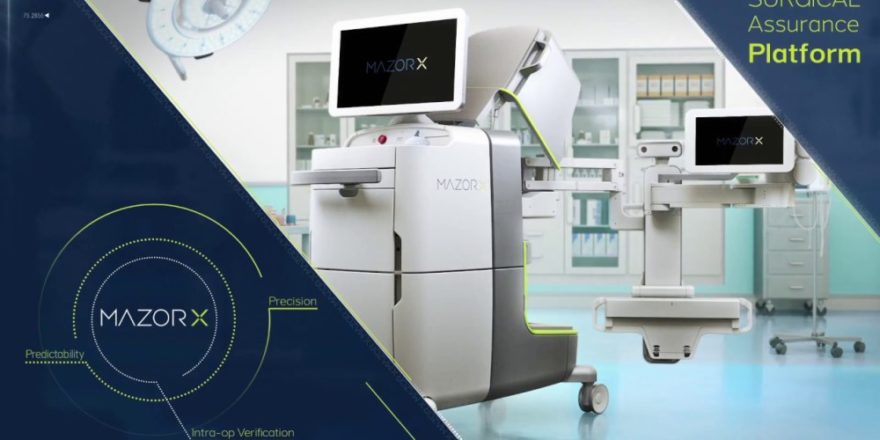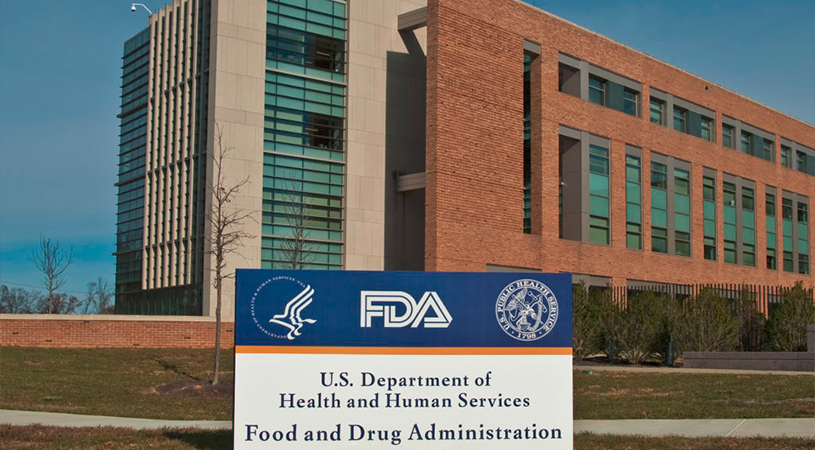CAMBRIDGE, Mass., May 10, 2017 (GLOBE NEWSWIRE) — Vericel Corporation (NASDAQ:VCEL), a leading developer of autologous expanded cell therapies for the treatment of patients with serious diseases and conditions, today reported financial results for the first quarter ended March 31, 2017.
Total net revenues for the quarter ended March 31, 2017 were approximately $9.4 million, net of a $2.8 million revenue reserve related to an unresolved contractual dispute between one of the Company’s pharmacy providers and a payer. Net revenue included approximately $5.0 million of Carticel® (autologous cultured chondrocytes) and MACI® (autologous cultured chondrocytes on porcine collage membrane) net revenues and approximately $4.4 million of Epicel® (cultured epidermal autografts) net revenues, compared to $8.8 million of Carticel revenues and $5.3 million of Epicel revenues, respectively, in the first quarter of 2016.
Carticel and MACI net revenues reflect a change in estimate for revenue reserves of $2.1 million related to 2016 sales and $0.7 million related to 2017 sales. The company engages pharmacies to contract with insurance providers and recently received notification of a dispute between one contracted pharmacy and a payer. Since the company retains credit and collection risk from the end customer, we revised our estimate by assuming cases processed by that pharmacy will be paid at a lower out-of-network rate. The earlier estimates were based on claims being paid on an in-network basis consistent with the actual payment history and the pharmacy’s interpretation of its contract with the payer.
Gross profit for the quarter ended March 31, 2017 was $2.3 million, or 24% of net revenues, compared to $7.5 million, or 54% of net product revenues, for the first quarter of 2016.
Research and development expenses for the quarters ended March 31, 2017 and March 31, 2016 were $3.5 million. Clinical trial expenses for the ixCELL-DCM clinical trial and research and development expenses related to Epicel were consistent for both periods. Research and development expenses related to Carticel decreased, offset by an increase in research and development expenses related to MACI.
Selling, general and administrative expenses for the quarter ended March 31, 2017 were $8.4 million compared to $6.0 million for the same period in 2016. The increase in SG&A expenses is primarily due to an increase in consulting expenses of $0.8 million for marketing initiatives related to the launch of MACI, an increase in personnel costs of $0.8 million primarily related to an increase in the MACI sales force, costs associated with reimbursement and patient support services for Carticel and MACI of $0.5 million, and an increase in professional fees of $0.3 million.
Loss from operations for the quarter ended March 31, 2017 was $9.6 million, compared to $2.0 million for the first quarter of 2016. Material non-cash items impacting the operating loss for the quarter included $0.5 million of stock-based compensation expense and $0.4 million in depreciation expense.
Other expense for the quarter ended March 31, 2017 was $0.2 million compared to $1.7 million for the same period in 2016. The change in other expense for the quarter is primarily due to the change in the fair value of warrants in the first quarter of 2017 compared to the same period in 2016.
Vericel’s net loss for the quarter ended March 31, 2017 was $9.8 million, or $0.31 per share, compared to a net loss of $3.7 million, or $0.24 per share, for the same period in 2016.
As of March 31, 2017, the company had $19.8 million in cash compared to $23.0 million in cash at December 31, 2016.
Recent Business Highlights
During and since the first quarter of 2017, the company:
- Commenced MACI launch activities and announced treatment of the first patient with MACI on February 1, 2017;
- Increased the number of sales representatives and expanded the marketing, market access and medical affairs teams to support the MACI launch;
- Trained more than 200 surgeons on MACI, with nearly half of trained surgeons coming from former Carticel user and non-Carticel user segments;
- Increased MACI biopsies 17% in Q1 2017 compared to Q1 2016;
- Medical benefit policies updated to include MACI at several commercial plans, including four of the top ten commercial plans for MACI/Carticel;
- Announced the presentation of outcomes data from over 950 severe burn patients treated with Epicel demonstrating a probable survival benefit at the 49th annual meeting of the American Burn Association;
- Received FDA Fast Track designation for the investigation of ixmyelocel‑T for the reduction in the risk of death and cardiovascular hospitalization in patients with chronic advanced heart failure due to ischemic dilated cardiomyopathy;
- Received the FDA Regenerative Medicine Advanced Therapy (RMAT) designation for ixmyelocel-T for the treatment of advanced heart failure due to ischemic dilated cardiomyopathy; and
- Completed treatment of eligible patients in the open-label crossover extension portion of the ixCELL-DCM study.
“The first quarter of 2017 was challenging due to a number of factors, but we are very pleased with the customer response to MACI,” said Nick Colangelo, president and CEO of Vericel. “Moreover, while our focus remains on our core commercial business, we are very pleased with to have received the RMAT designation for ixmyelocel-T and to have signed the license agreement with ICT, which we believe have the potential to create shareholder value moving forward.”
Conference Call Information
Today’s conference call will be available live at 8:00am Eastern time in the Investors section of the Vericel website at http://investors.vcel.com/events.cfm. Please access the site at least 15 minutes prior to the scheduled start time in order to download the required audio software if necessary. To participate in the live call by telephone, please call (877) 312-5881 and reference Vericel Corporation’s first-quarter 2017 investor conference call. If calling from outside the U.S., please use the international phone number (253) 237-1173.
If you are unable to participate in the live call, the webcast will be available at http://investors.vcel.com/events.cfm until May 14, 2018. A replay of the call will also be available until 11:00 am (EST) on May 14, 2017 by calling (855) 859-2056, or from outside the U.S. (404) 537-3406. The conference ID is 11385924.
About Vericel Corporation
Vericel develops, manufactures, and markets autologous expanded cell therapies for the treatment of patients with serious diseases and conditions. The company markets three cell therapy products in the United States. Vericel is marketing MACI® (autologous cultured chondrocytes on porcine collagen membrane), an autologous cellularized scaffold product indicated for the repair of symptomatic, single or multiple full-thickness cartilage defects of the knee with or without bone involvement in adults. Carticel® (autologous cultured chondrocytes) is an autologous chondrocyte implant for the treatment of cartilage defects in the knee in patients who have had an inadequate response to a prior arthroscopic or other surgical repair procedure. Epicel® (cultured epidermal autografts) is a permanent skin replacement for the treatment of patients with deep dermal or full thickness burns greater than or equal to 30% of total body surface area. Vericel is also developing ixmyelocel‑T, an autologous multicellular therapy intended to treat advanced heart failure due to ischemic dilated cardiomyopathy (DCM). For more information, please visit the company’s website at www.vcel.com.
Epicel®, Carticel®, and MACI® are registered trademarks of Vericel Corporation. © 2017 Vericel Corporation. All rights reserved.
This document contains forward-looking statements, including, without limitation, statements concerning anticipated progress, objectives and expectations regarding the commercial potential of our products and growth in revenues, intended product development, clinical activity timing, regulatory progress, and objectives and expectations regarding our company described herein, all of which involve certain risks and uncertainties. These statements are often, but are not always, made through the use of words or phrases such as “anticipates,” “intends,” “estimates,” “plans,” “expects,” “we believe,” “we intend,” and similar words or phrases, or future or conditional verbs such as “will,” “would,” “should,” “potential,” “could,” “may,” or similar expressions. Actual results may differ significantly from the expectations contained in the forward-looking statements. Among the factors that may result in differences are the inherent uncertainties associated with competitive developments, clinical trial and product development activities, regulatory approval requirements, estimating the commercial growth potential of our products and product candidates and growth in revenues and improvement in costs, market demand for our products, our ability to secure consistent reimbursement for our products, and our ability to supply or meet customer demand for our products. These and other significant factors are discussed in greater detail in Vericel’s Annual Report on Form 10-K for the year ended December 31, 2016, filed with the Securities and Exchange Commission (“SEC”) on March 13, 2017, Quarterly Reports on Form 10-Q and other filings with the SEC. These forward-looking statements reflect management’s current views and Vericel does not undertake to update any of these forward-looking statements to reflect a change in its views or events or circumstances that occur after the date of this release except as required by law.
VERICEL CORPORATION
CONDENSED CONSOLIDATED BALANCE SHEETS
(Unaudited, amounts in thousands) |
|
|
|
|
|
|
|
March 31, |
|
December 31, |
|
|
2017 |
|
2016 |
| ASSETS |
|
|
|
|
| Current assets: |
|
|
|
|
| Cash |
|
$ |
19,847 |
|
|
$ |
22,978 |
|
| Accounts receivable (net of allowance for doubtful accounts of $249 and $225, respectively) |
|
12,127 |
|
|
17,093 |
|
| Inventory |
|
3,958 |
|
|
3,488 |
|
| Other current assets |
|
1,018 |
|
|
1,164 |
|
| Total current assets |
|
36,950 |
|
|
44,723 |
|
| Property and equipment, net |
|
3,638 |
|
|
3,875 |
|
| Total assets |
|
$ |
40,588 |
|
|
$ |
48,598 |
|
| LIABILITIES AND SHAREHOLDERS’ EQUITY |
|
|
|
|
| Current liabilities: |
|
|
|
|
| Accounts payable |
|
$ |
6,335 |
|
|
$ |
6,535 |
|
| Accrued expenses |
|
6,030 |
|
|
4,523 |
|
| Current portion of term loan credit agreement, net of deferred costs of $110 |
|
1,446 |
|
|
779 |
|
| Warrant liabilities |
|
650 |
|
|
757 |
|
| Other |
|
291 |
|
|
259 |
|
| Total current liabilities |
|
14,752 |
|
|
12,853 |
|
| Revolving and term loan credit agreement, net of deferred costs of $265 and $293, respectively |
|
8,679 |
|
|
9,318 |
|
| Long term deferred rent |
|
1,632 |
|
|
1,687 |
|
| Other long term debt |
|
21 |
|
|
32 |
|
| Total liabilities |
|
25,084 |
|
|
23,890 |
|
| COMMITMENTS AND CONTINGENCIES |
|
|
|
|
| Shareholders’ equity: |
|
|
|
|
| Series B-2 voting convertible preferred stock, no par value: shares authorized and reserved — 39, shares issued and outstanding — 0 and12, respectively |
|
— |
|
|
38,389 |
|
| Common stock, no par value; shares authorized — 75,000; shares issued and outstanding — 32,724 and 31,595, respectively |
|
368,683 |
|
|
329,720 |
|
| Warrants |
|
190 |
|
|
190 |
|
| Accumulated deficit |
|
(353,369 |
) |
|
(343,591 |
) |
| Total shareholders’ equity |
|
15,504 |
|
|
24,708 |
|
| Total liabilities and shareholders’ equity |
|
$ |
40,588 |
|
|
$ |
48,598 |
|
VERICEL CORPORATION
CONDENSED CONSOLIDATED STATEMENTS OF OPERATIONS
(Unaudited, amounts in thousands except per share amounts) |
|
|
|
|
|
|
Three Months Ended March 31, |
|
|
|
2017 |
|
2016 |
|
| Product sales, net |
|
$ |
9,361 |
|
|
$ |
14,108 |
|
| Cost of product sales |
|
7,109 |
|
|
6,560 |
|
| Gross profit |
|
2,252 |
|
|
7,548 |
|
| Research and development |
|
3,467 |
|
|
3,536 |
|
| Selling, general and administrative |
|
8,408 |
|
|
6,004 |
|
| Total operating expenses |
|
11,875 |
|
|
9,540 |
|
| Loss from operations |
|
(9,623 |
) |
|
(1,992 |
) |
| Other income (expense): |
|
|
|
|
| Decrease (increase) in fair value of warrants |
|
107 |
|
|
(1,640 |
) |
| Foreign currency translation loss |
|
(1 |
) |
|
(10 |
) |
| Interest income |
|
1 |
|
|
5 |
|
| Interest expense |
|
(262 |
) |
|
(3 |
) |
| Other expense |
|
— |
|
|
(10 |
) |
| Total other income (expense) |
|
(155 |
) |
|
(1,658 |
) |
| Net loss |
|
$ |
(9,778 |
) |
|
$ |
(3,650 |
) |
|
|
|
|
|
| Net loss per share attributable to common shareholders (Basic and Diluted) |
|
$ |
(0.31 |
) |
|
$ |
(0.24 |
) |
| Weighted average number of common shares outstanding (Basic and Diluted) |
|
31,896 |
|
|
22,604 |
|
CONTACT:
Chad Rubin
The Trout Group
crubin@troutgroup.com
(646) 378-2947
or
Lee Stern
The Trout Group
lstern@troutgroup.com
(646) 378-2922

